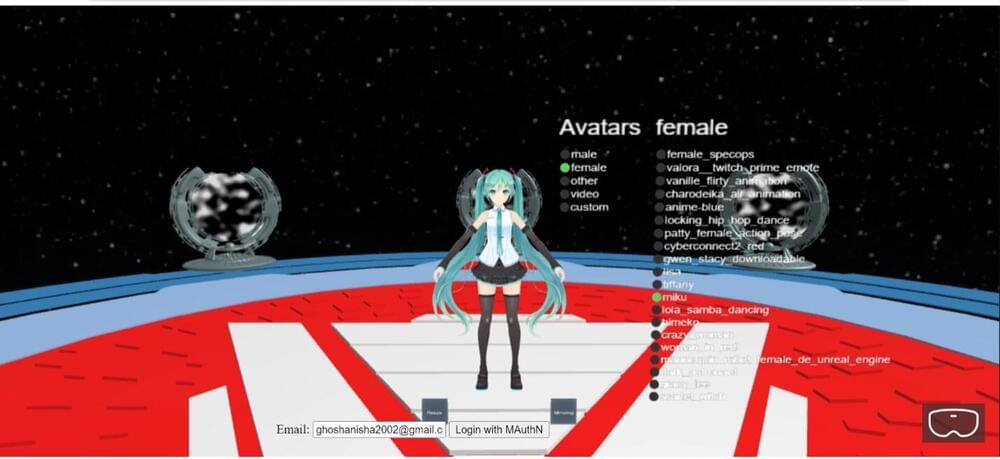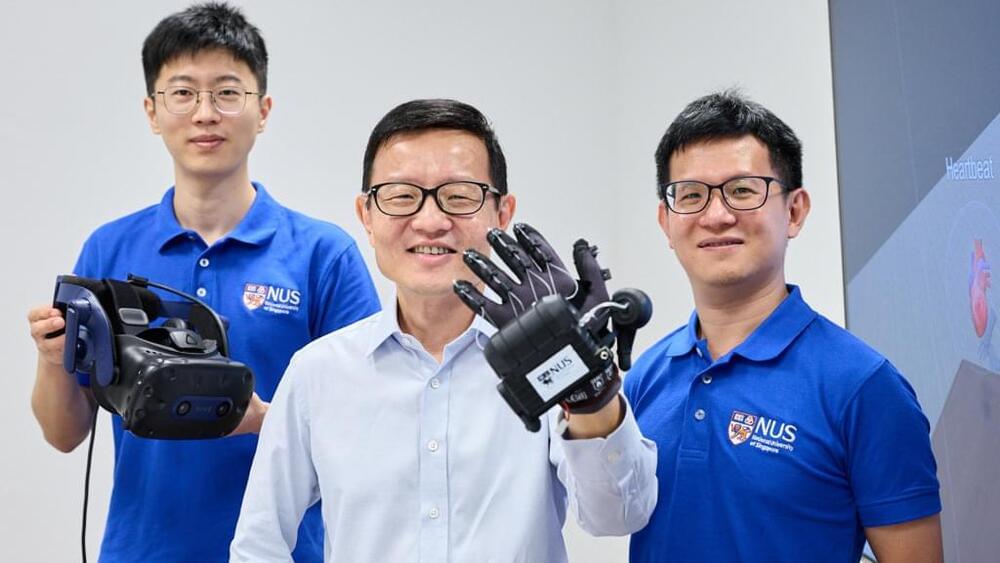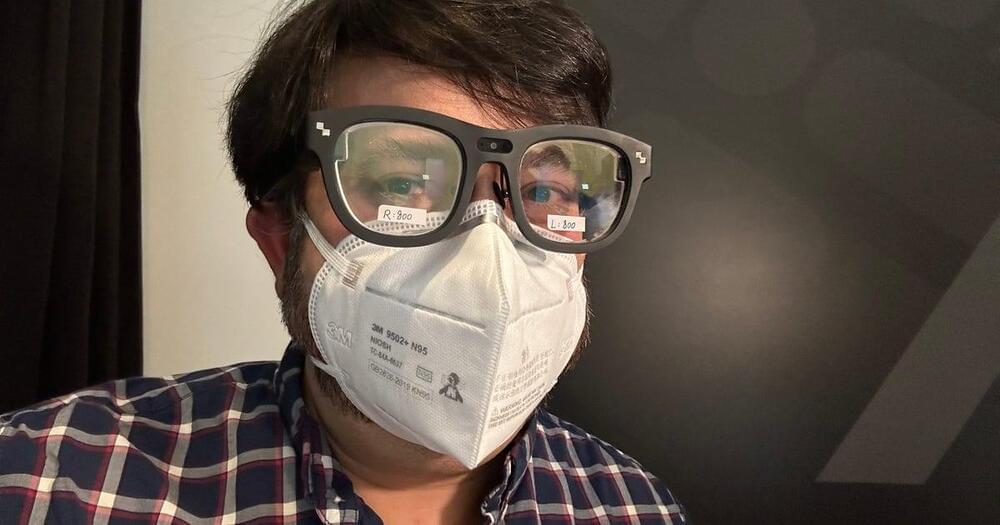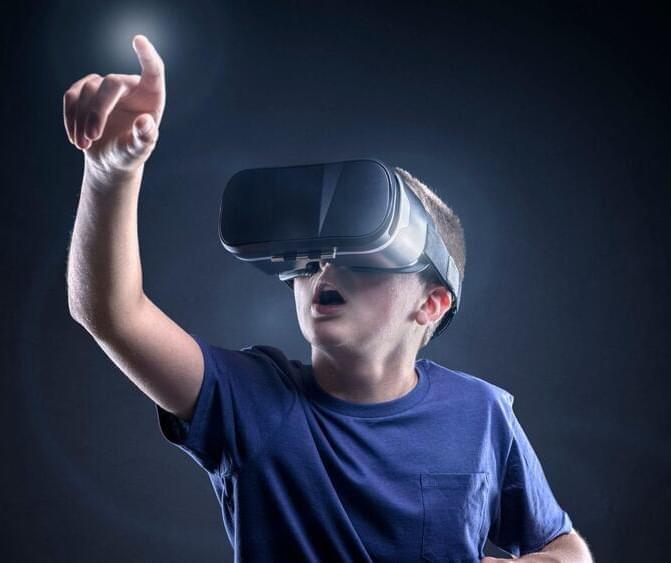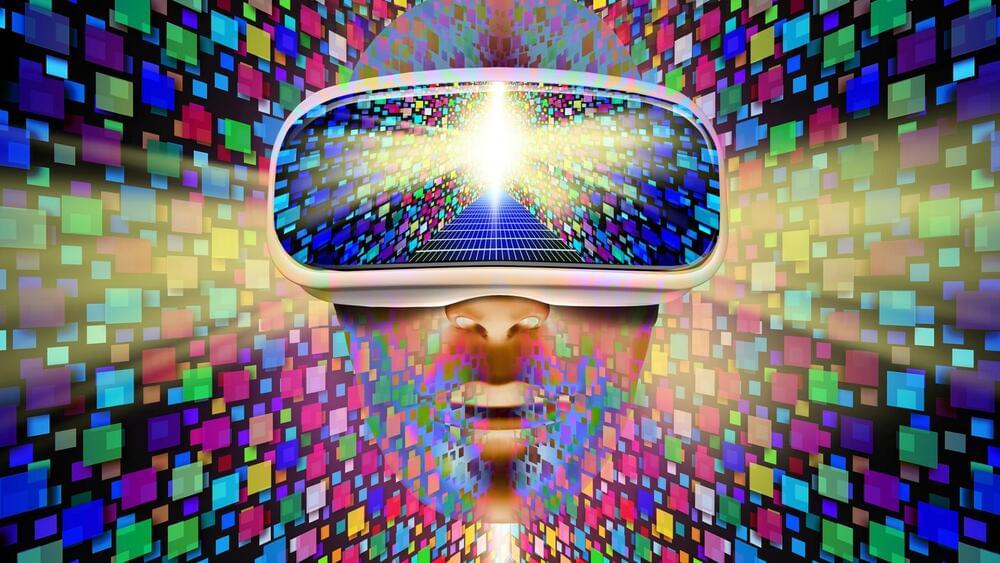Jan 27, 2023
Cybernetic Theory: The Code of Reality & Our Future as Cybergods | Talk
Posted by Alex Vikoulov in categories: cosmology, existential risks, physics, robotics/AI, singularity, transhumanism, virtual reality
CYBERNETIC THEORY: THE CODE OF REALITY & OUR FUTURE AS CYBERGODS: presenting my published works in a recent talk. Topics include evolutionary cybernetics, computational physics, consciousness, philosophy of mind, cybernetic theory, Omega Point cosmology, physics of time, simulation theory, Global Mind, AGI, VR, Metaverse, Cybernetic Singularity, transhumanism, posthumanism, cybernetic immortality, synthetic telepathy, mind-uploading, neurotechnologies, Fermi Paradox, Dark Matter, Dark Energy, the Argument for Cybertheism, and more.
The main 45-minute slide presentation is followed by a 15-minute Q&A session. This presentation is in Russian with slides and subtitles in English.
Continue reading “Cybernetic Theory: The Code of Reality & Our Future as Cybergods | Talk” »

